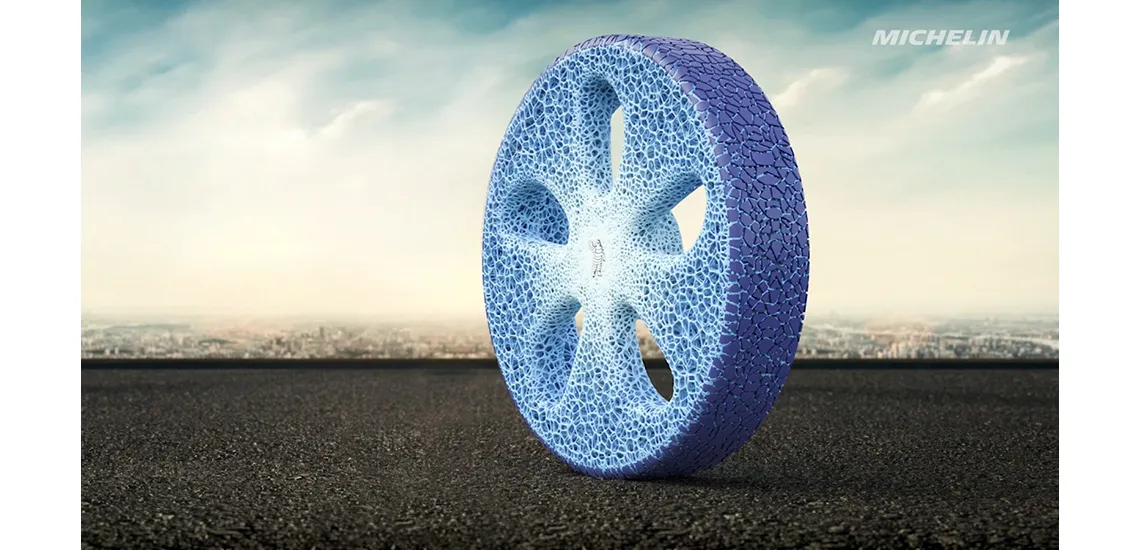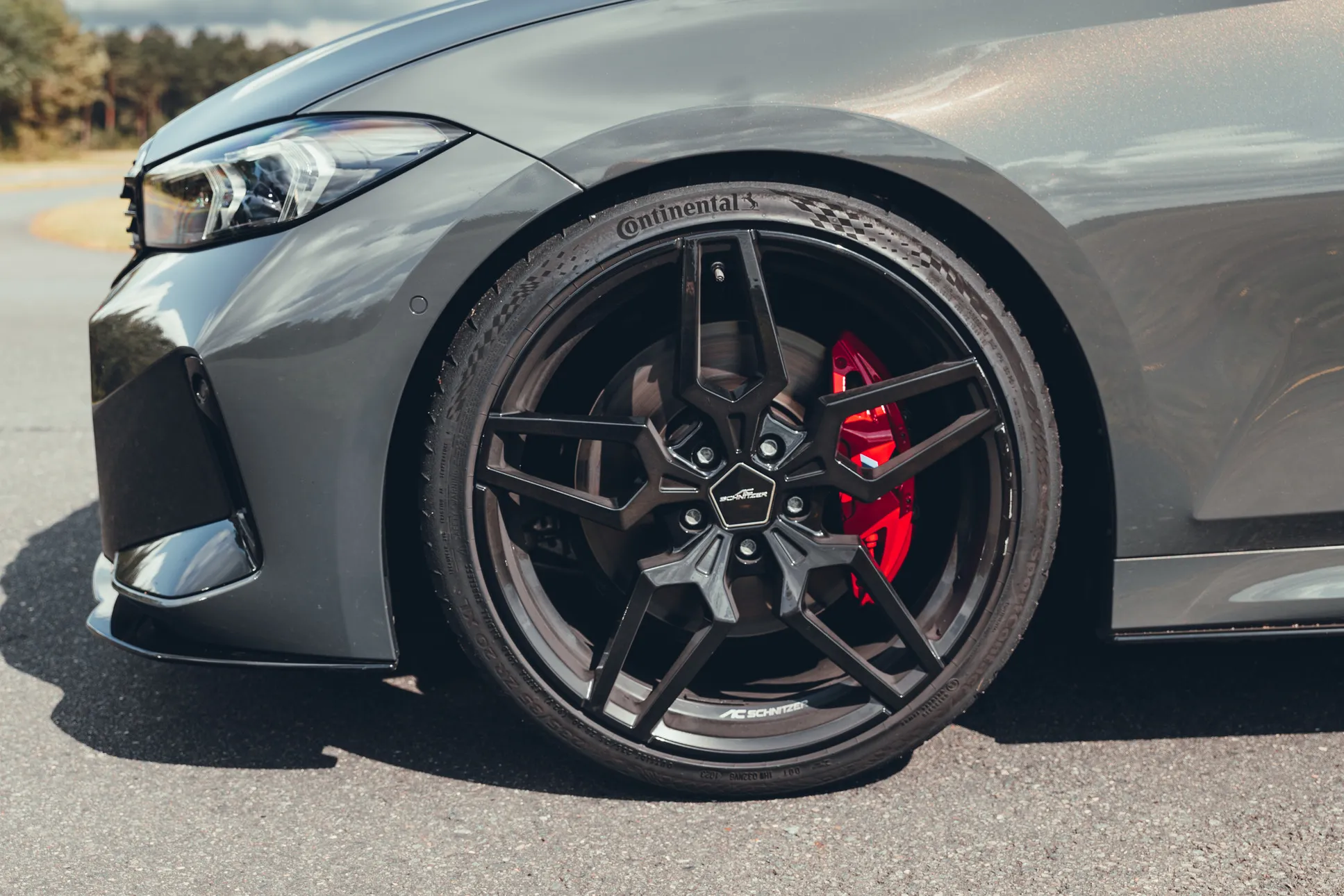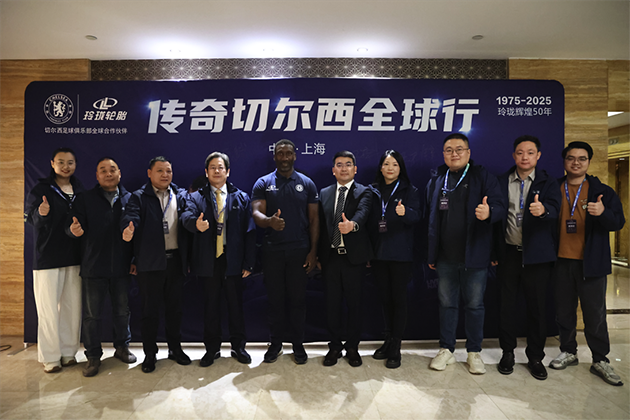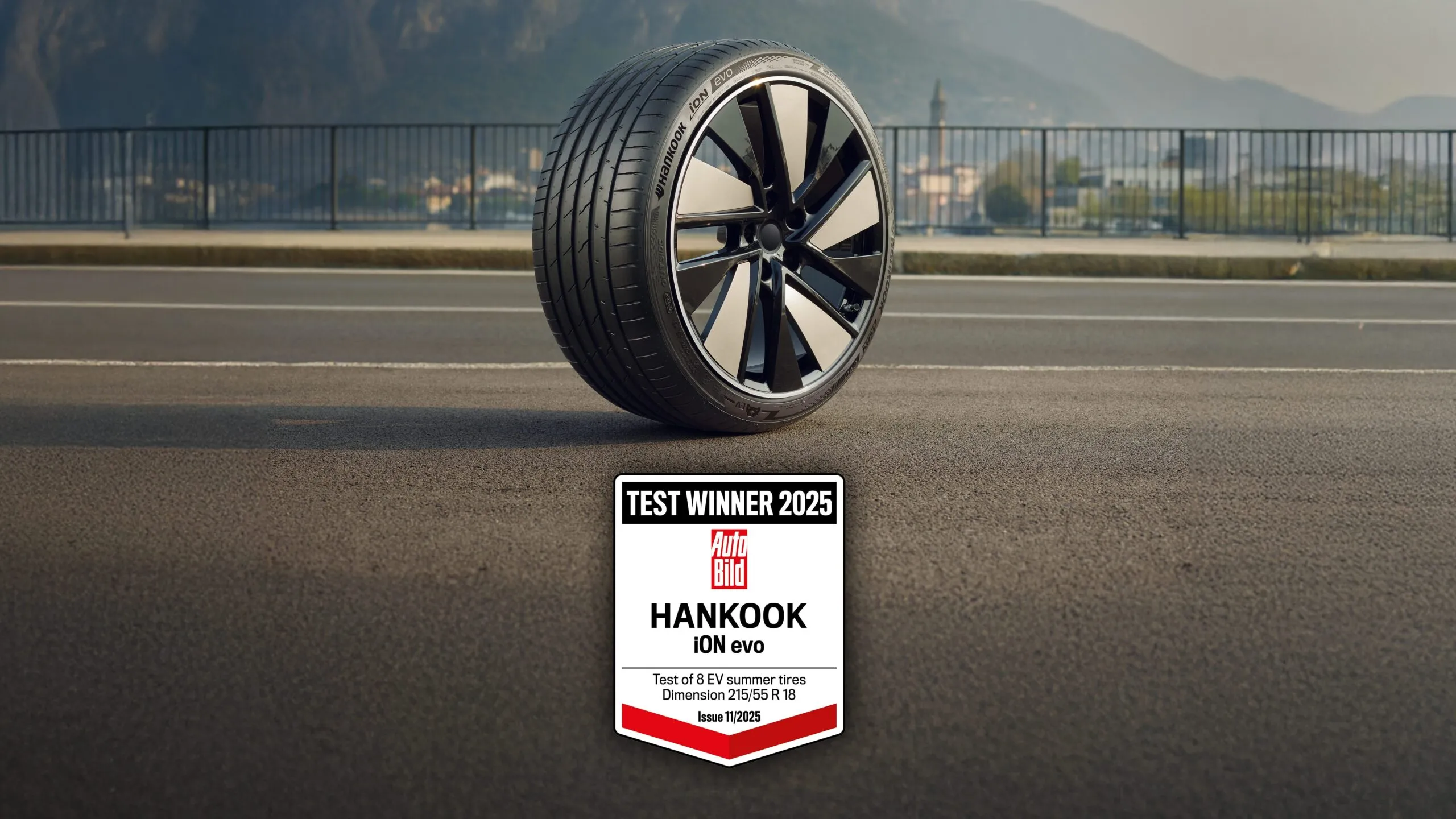With VISION, Michelin has committed to meeting a huge challenge to make mobility safer, cleaner, more efficient and universally accessible.
Michelin Aims 100 per cent sustainable materials by 2050
Unveiled in 2017, the VISION concept comprises both a wheel and an airless tyre. Biosourced, connected and featuring a renewable tread, VISION offers a compelling illustration of how Michelin’s sustainable development model will transform tyres between now and 2050.
The VISION concept guides and inspires the work of Michelin’s R&D teams. Packed with innovations in terms of structure, high-tech materials and related services, it is already protected by 19 patents.
The VISION consists of four key characteristics, namely airless, rechargeable, connected and 100 per cent sustainable. According to the company, airless is a technology that eliminates the risk of flats and rapid pressure loss and reduces environmental impact. VISION, Michelin claimed that it eliminates the need for air with a revolutionary structure capable of supporting the vehicle, maintaining wheel strength and delivering a safe, comfortable ride.
The Michelin UPTIS prototype unveiled in 2019 is proof of the progress made by Michelin in high-tech materials.
Rechargeable, explained the company, is a tread that can be 3D printed on demand.
VISION according to Michelin can be ‘recharged’ using a 3D printer, which makes it possible to adjust the amount of rubber compound used and customise the tread pattern according to the needs of each motorist.
Furthermore, it is connected for a safe and personalised augmented driving experience. Equipped with numerous sensors, Michelin pointed out that VISION benefits from the best connectivity technologies available, laying the foundation for a new era in service, comfort and safety for motorists.
Lastly, it is 100 per cent sustainable. Manufactured from biosourced and recycled materials, Michelin said, VISION leverages the high-tech materials expertise of Michelin and its partners to achieve the objective of 100 per cent sustainable materials by 2050. As a result, the tyre’s lifecycle ensures that its environmental footprint is minimal.







